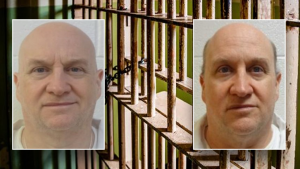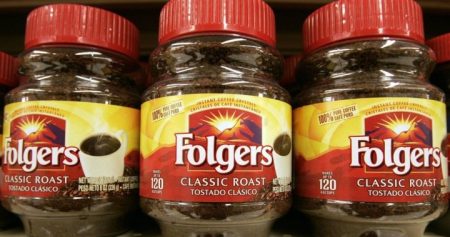A wave of Arctic air has plunged a vast swathe of Canada into a deep freeze, with wind chills making temperatures feel as low as -40 Celsius or colder from New Brunswick to eastern Alberta. This frigid incursion is a typical weather pattern where a mass of cold air, normally confined to the Arctic, meanders southward, bringing with it drastically low temperatures. This phenomenon, often referred to as a “polar vortex,” is a temporary but impactful shift in weather patterns. While the Arctic consistently harbors frigid air, these southward excursions expose more southerly regions to extreme cold. The intensity of these cold snaps varies geographically, with wind chill values reaching a bone-chilling -50 C in parts of Manitoba and northern Ontario.
The severity of cold weather warnings is determined by region-specific thresholds, taking into account the typical climate of different areas. For instance, Toronto triggers an extreme cold warning at -30 C, a temperature that would be considered commonplace in northern Ontario throughout the winter. This tailored approach ensures that warnings are relevant to the local population and reflect the potential impact of the cold on daily life. While the current cold snap is expected to moderate slightly by Tuesday, albeit remaining cold, it marks the first sustained period of extreme cold this winter season. Prior months, November and December, experienced warmer-than-normal temperatures across much of Canada. January, however, has brought colder-than-normal conditions to the southern Prairies and southwestern Ontario, contrasted by warmer temperatures in northern Quebec and parts of Nunavut.
This cold wave has been accompanied by significant snowfall in some regions, particularly in the Atlantic provinces. Southern New Brunswick received approximately 25 centimeters of snow, while parts of Prince Edward Island saw accumulations of around 15 centimeters. The combined effects of extreme cold and heavy snowfall have led to widespread school closures across the Prairies and Atlantic Canada. Rural Manitoba, grappling with wind chills as low as -50 C, closed schools to protect students from the dangerous conditions. Regina, with a wind chill of -47 C, kept schools open but cancelled bus service. Similarly, many schools in New Brunswick closed due to wind chills ranging from -35 C to -40 C.
Authorities across the affected regions are urging residents to avoid non-essential travel and take precautions when venturing outdoors. Recommendations include dressing warmly in layers, ensuring vehicles have a full tank of fuel, and carrying a winter survival kit equipped with essentials such as a shovel, blanket, and booster cables. These measures are crucial for mitigating the risks associated with extreme cold and potential vehicle breakdowns in isolated areas. In urban centers like Toronto, the city is increasing its support for vulnerable populations by deploying additional street outreach teams. These teams conduct wellness checks on individuals experiencing homelessness and encourage them to seek shelter indoors. They also distribute essential winter supplies, including blankets, sleeping bags, and warm clothing, throughout the winter months.
The southward movement of Arctic air, causing these extreme cold events, is a recurring climatic phenomenon. While the term “polar vortex” is often used colloquially, it more accurately describes the large-scale, persistent area of low pressure and cold air that normally circulates around the North Pole. These southward dips bring the frigid Arctic air to lower latitudes, resulting in sharp drops in temperature and wind chill. The duration and intensity of these cold snaps vary, but they are a predictable part of winter weather patterns in Canada. The impact of these cold events extends beyond mere discomfort, affecting transportation, infrastructure, and the well-being of vulnerable populations.
The preparedness measures implemented by individuals, communities, and authorities are crucial for minimizing the disruption and risks associated with extreme cold. School closures, travel advisories, and outreach programs for the homeless are all essential components of a comprehensive response to these weather events. The current cold snap serves as a reminder of the importance of being prepared for winter weather and taking appropriate precautions to ensure personal safety and well-being. The gradual moderation of temperatures expected in the coming days will bring some relief, but vigilance and preparedness remain essential throughout the winter season.










